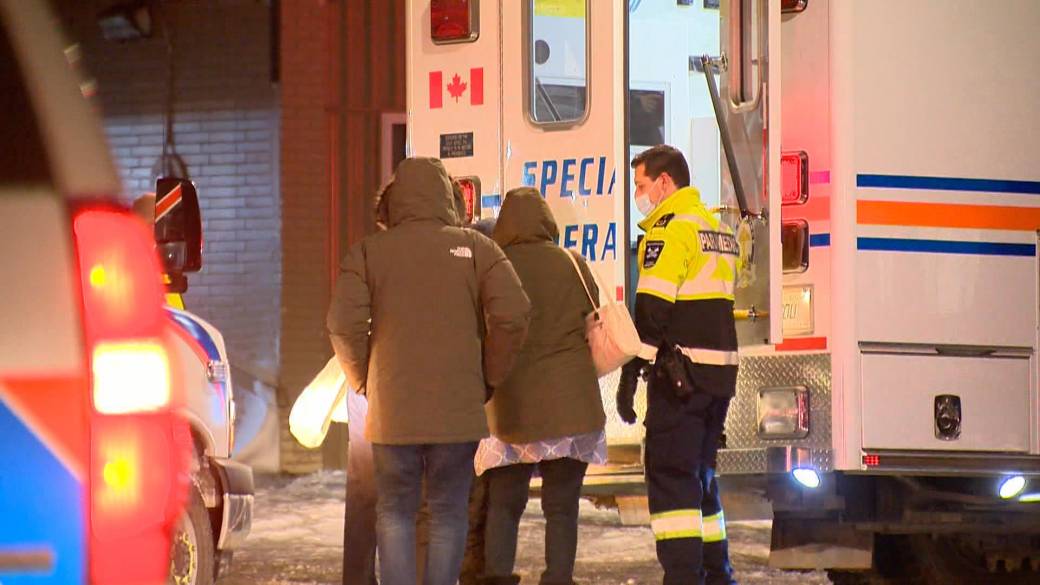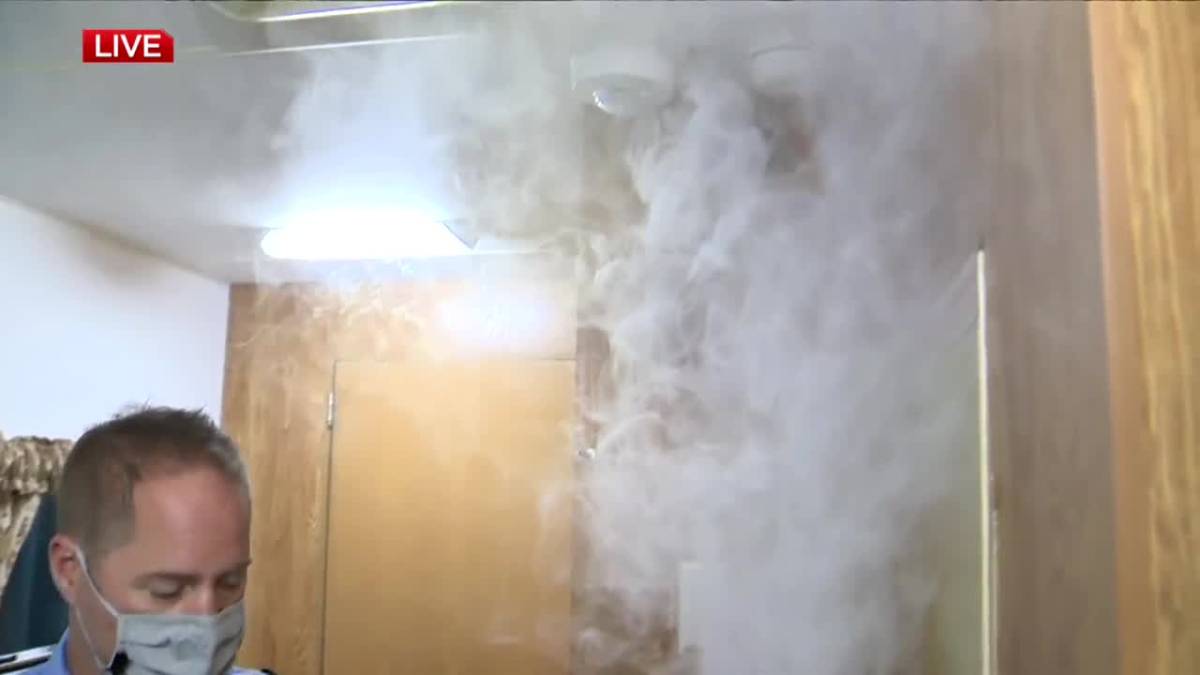As fall turns into winter, SaskEnergy reminds people of the dangers of a possible silent killer in their homes.
Read more:
Province Approves SaskEnergy’s First Natural Gas Rate Increase in 7 Years
Spokeswoman Alana Johnson said SaskEnergy wants to make sure people know the signs of carbon monoxide poisoning and what they can do to stay safe.
“This time of year it’s colder and people are going to use their ovens more,” Johnson said.
“Carbon monoxide is produced in the combustion process, or when something is burned, therefore, when wood is burned, when coal is burned, when propane is burned or when natural gas is burned. Where it becomes problematic is when there is a lack of ventilation and carbon monoxide can accumulate in small spaces like your home, ”Johnson explained.
Carbon monoxide is also produced when ovens, stoves, water heaters, and fireplaces do not work properly.

Low-level exposure causes flu-like symptoms. Continued exposure can cause unconsciousness, loss of muscle control, brain damage, and death.
There were 16 carbon monoxide deaths in Saskatchewan between 2015 and 2019.
Dangerous levels of carbon monoxide can build up when there is inadequate air supply or ventilation for appliances.
“When your furnace is running a lot and especially when maybe there is a freeze-thaw cycle, you need to make sure there is no ice or snow covering the vents that allow your furnace and appliances to properly vent to the outside.”
Read more:
Smoke and carbon monoxide alarms are required in all residential buildings in Saskatchewan
Johnson said the real challenge is that carbon monoxide is odorless, colorless, and tasteless, so it’s hard to tell if it’s in your home.
Safety measures to protect yourself from carbon monoxide include installing a CO detector and inspecting and maintaining all gas-powered appliances.
Johnson also advises residents who have fireplaces to make sure the fireplace is free of debris.
© 2021 Global News, a division of Corus Entertainment Inc.
Reference-globalnews.ca
